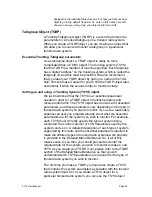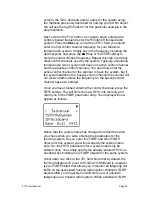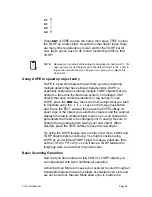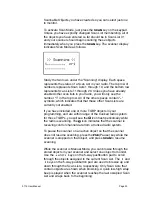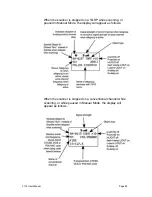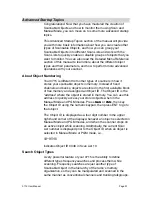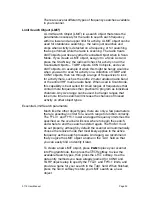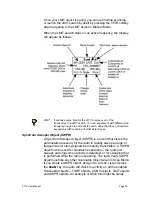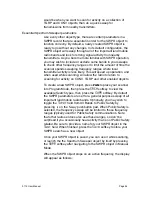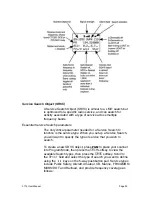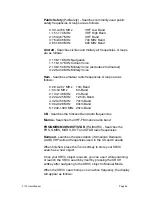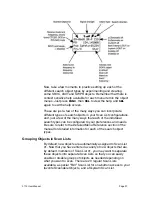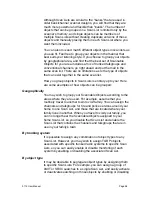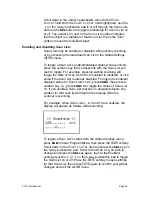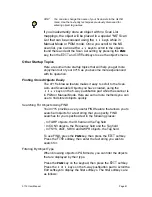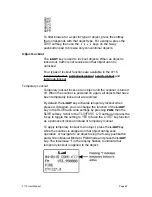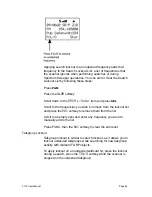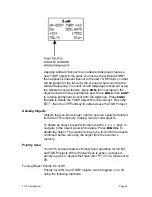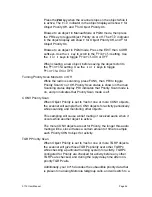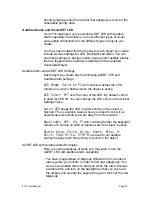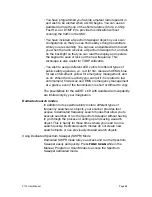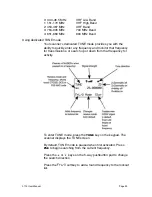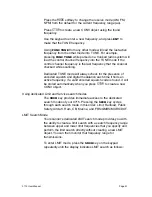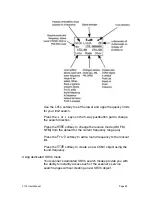
Although Scan Lists are similar to the “banks” that are used in
older bank/channel scanner designs, you will find that they are
much more powerful and flexible than “banks”. The number of
objects that can be grouped in a Scan List is limited only by the
scanner
!
s memory, and single objects can be members of
multiple Scan Lists without creating duplicate versions of those
objects and manually placing them in each Scan List where you
want them included.
You can also mix and match different object types in scan lists as
you see fit. Feel free to group your objects in the manner that
best suits your listening style. If you choose to group your objects
by geographical area, and find that the best set of Scannable
Objects for your area includes a mix of trunked talkgroups and
conventional channels, go right ahead and put them all in the
same scan list. There are no limitations as to the type of objects
that can exist together in the same scan list.
How you group objects in Scan Lists is entirely up to you! Here
are some examples of how objects can be grouped:
Geographically
You may wish to group your Scannable Objects according to the
areas where they are used. For example, assume that you
routinely travel to another town to visit family. You can assign the
channels and talkgroups for fire and police services around your
home to one Scan List, and those that are located where your
family lives in another. When you travel to visit your family, you
can no longer hear the Scannable Objects assigned to your
home Scan List, so you disable that Scan List and enable the
Scan List that contains the channels and talkgroups that are in
use in your family
!
s town.
By trunking system
It is possible to assign any combination of object types to any
Scan List. However, you may wish to assign TGRP objects
associated with specific trunked radio systems to specific Scan
Lists, so you can easily enable or disable monitoring of each
system by enabling or disabling the associated Scan List.
By object type
It may be desirable to segregate object types by assigning them
to specific Scan Lists. For example, you can assign a group of
LMIT or SRVC searches to a single Scan List, and easily activate
or deactivate searching on those objects by enabling or disabling
0715 User Manual
"
Page 38

